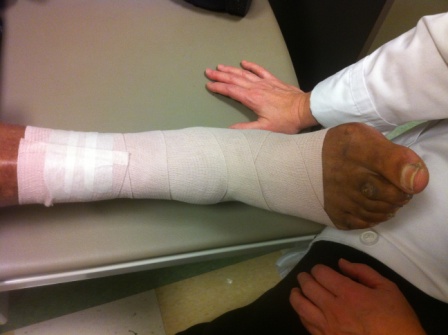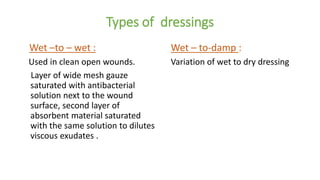wet to dry dressing indications
Application as a wet to dry dressing is most commonly used when wound fluids have a high viscosity or in the case where the wound surface is dehydrated and scabs have. Autolytic debridement of slough or eschar.
Squeeze the saline from the gauze pads or packing.
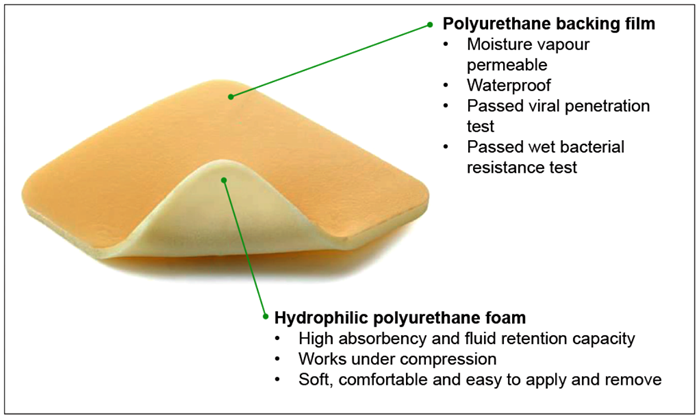
. Open a new package of dry gauze. Gauze Dressings Continuous Moist - Indications. Ensure pain is well managed prior to a dressing.
Pour saline into a clean bowl. Institute for Clinical Systems Improvement 1 Moist wound healinga wet-to-dry dressing is not typically considered continuously moist and therefore not recommended 5 2 Wet-to-dry. Moisten a piece of gauze with saline and just barely squeeze out the excess fluid so it isnt soaking wet.
Wet-to-dry dressings are semipermeable pliable woven or nonwoven films or moist gauze dressing with adhesive backing. If you have well water use bottled water or sterile saline. The wet to dry dressing change is an effective way to help wounds heal properly because the process allows a nurse to evaluate the wound for the signs and symptoms of various types of.
Delivery of topical needs. Put on a pair of non-sterile gloves. With this type of dressing a wet or moist gauze dressing is put on your wound and allowed to.
A wet to moist dressing involves a primary dressing that directly touches the wound bed and a secondary dressing covering it. Wound drainage and dead tissue can be removed when you take off the old dressing. Take 1 piece out and get it wet using regular tap water from the sink.
Your health care provider has covered your wound with a wet-to-dry dressing. Unravel the gauze place it onto the wound and cover with a dry dressing. Wet to dry dressing is a time-tested method for treating wounds.
The dressing on the wound must remain. Wash your hands thoroughly with soap and warm water before and after each dressing change. Leaves lint or fiber.
Dressing steps The wet. Wet-to-dry dressings are a non-selective form of mechanical debridement which is a method of removing non-viable tissue from the wound. Place gauze pads and any packing tape you will use in the bowl.
Follow these steps to remove your dressing. Apply an appropriate outer dry dressing depending on the frequency of the dressing changes and the amount of exudate from the wound. Put on a new pair of non-sterile gloves.
With a wide variety of yummy wet and dry cat. This has to be repeated every 4 to 6 hours. Wet-to-dry dressings are a nonselective debridement method that harms good tissue as well as removes necrotic.
Protection of clean wounds. Gently pat it dry.
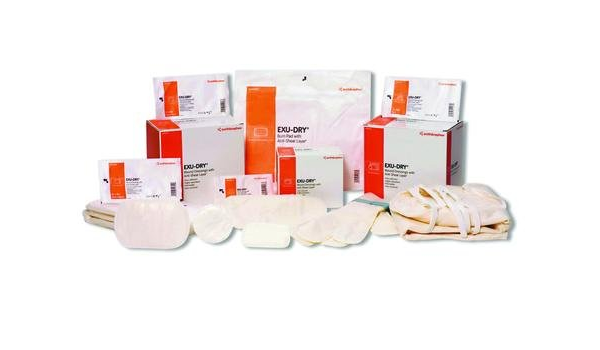
Exu Dry Dressings By Smith Nephew 5999003 5999006 5999009 5999018 5999034 5999004120 5999m04 5999m36 5999ptm Vitality Medical
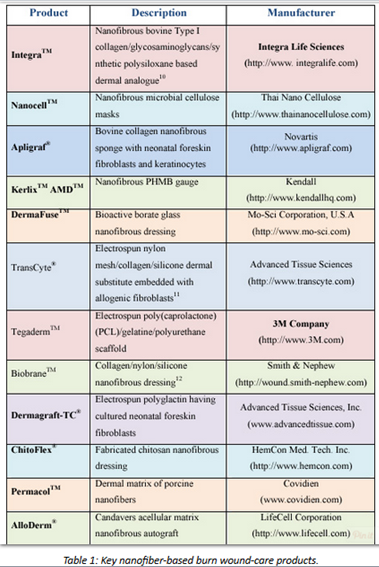
Wound Dressing For Burn Patients Biotextiles 2014

Wound Dressing For Burn Patients Biotextiles 2014

Wound Dressings Current Advances And Future Directions Rezvani Ghomi 2019 Journal Of Applied Polymer Science Wiley Online Library

Nursing Skill Dressing Change Active Learning Templates Diagnostic Procedure Student Name Studocu
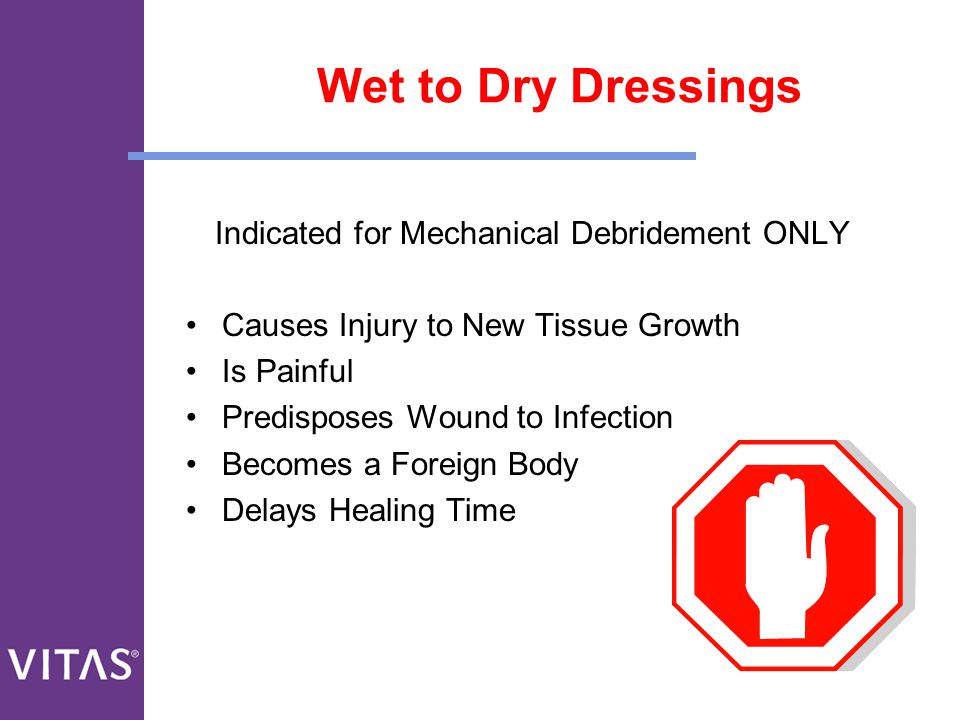
Wound Care Best Practice Guidelines Ppt Download

Solution Med Surg Skill Ati Template Studypool

How To Perform Wet To Dry Dressing Nursing Crib
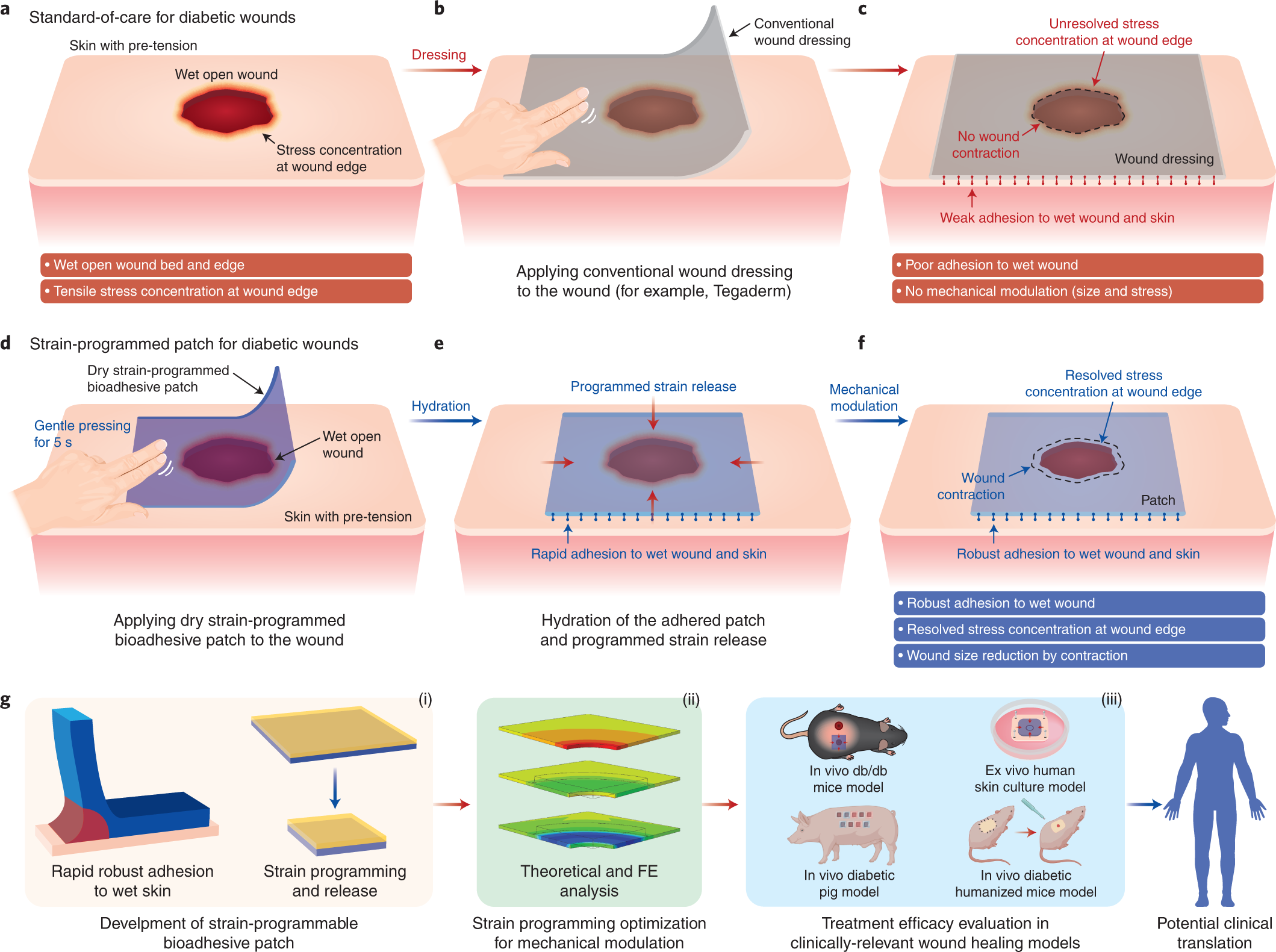
A Strain Programmed Patch For The Healing Of Diabetic Wounds Nature Biomedical Engineering

Solved Active Learning Template Nursing Skill Student Name Chegg Com
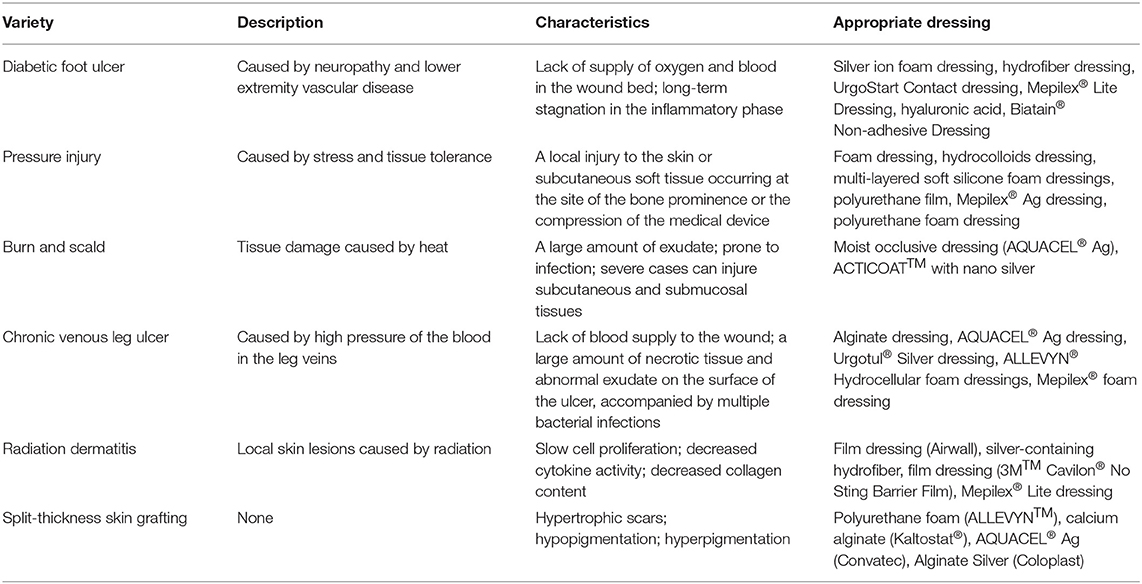
Frontiers Selection Of Appropriate Wound Dressing For Various Wounds
4 6 Advanced Wound Care Wet To Moist Dressing And Wound Irrigation And Packing Clinical Procedures For Safer Patient Care

Wound Dressings Current Advances And Future Directions Rezvani Ghomi 2019 Journal Of Applied Polymer Science Wiley Online Library

Occlusive Wound Dressings Vs Non Occlusive Wound Dressings

Skill Dressing Change Active Learning Template Active Learning Templates Therapeutic Procedure A Studocu
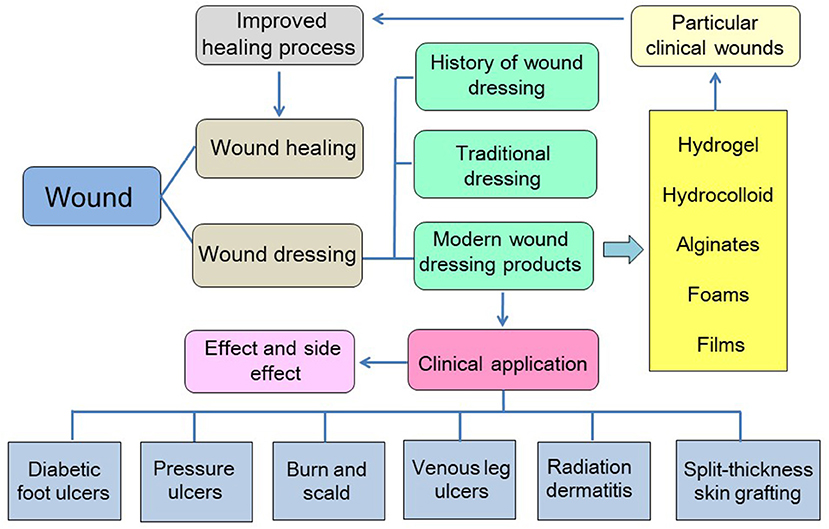
Frontiers Selection Of Appropriate Wound Dressing For Various Wounds

How To Select An Appropriate Wound Dressing The Veterinary Nurse

Exu Dry Pads Sheets Anti Shear Wound Dressing Smith Nephew Us Professional
